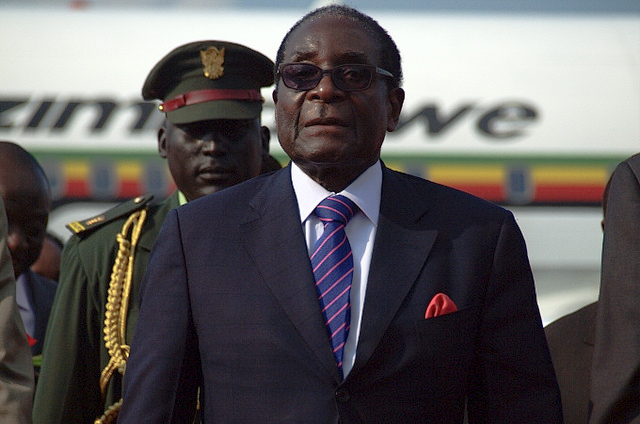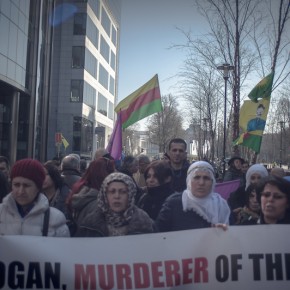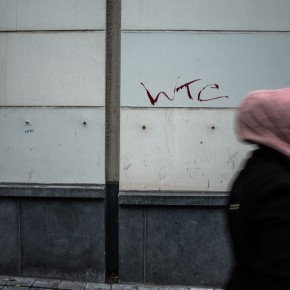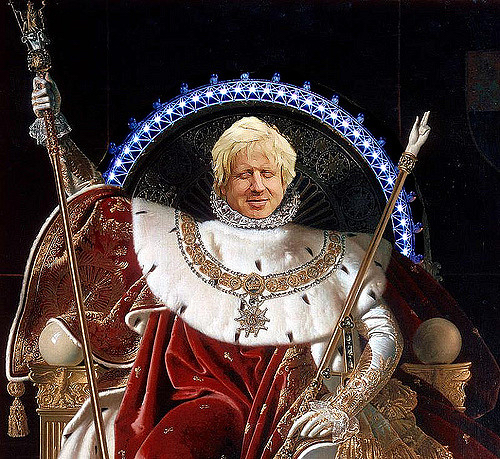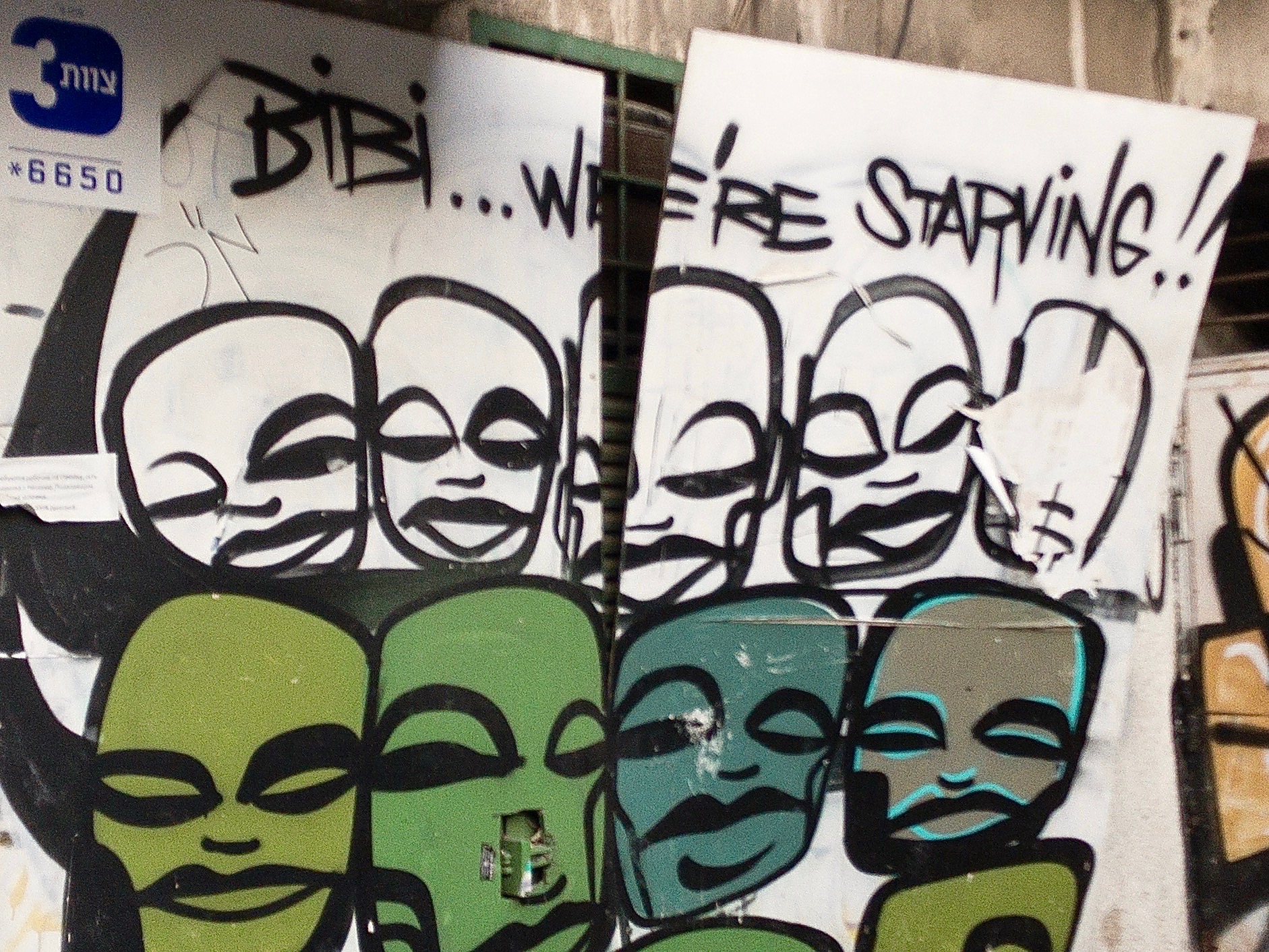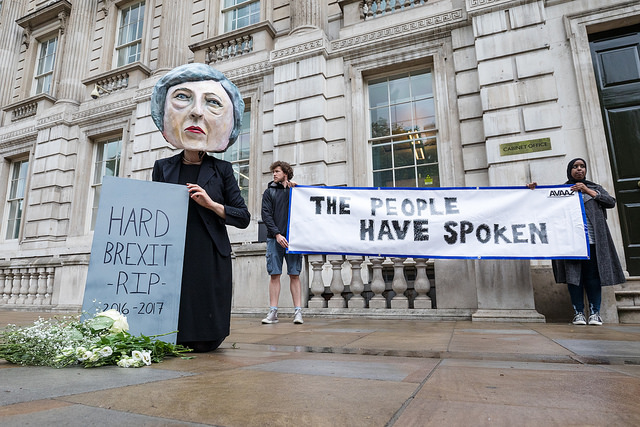Robert Mugabe belongs to the era of revolutionary nationalism. He certainly has outlasted this period, but he stands as a lesson of its failures. As with Arab nationalism and Ba’athism, the national boundaries defined by colonial rule would become the contours of a new national sovereignty. The nation-state would provide the framework for an emancipatory break with the past. But every step forwards brings about new limits. Taking an independent line is possible for a nationalist, though it can incur a huge price.
By drawing so many borders, the European empires created the preconditions for their own demise. Independence would become the rallying cry of the Third World in the mid-to-late twentieth century. In much of Africa, the process of decolonisation was abrupt, in other places it was drawn-out over decades. It was particularly prolonged in southern Africa, where the Portuguese empire outlasted its rivals, and white minority regimes managed to defend themselves across the region.
Against this backdrop as a young teacher, Robert Mugabe worked in Ghana and observed the rise of Kwame Nkrumah and the country’s bold break with Britain. This son of a desperately poor family, owing his education to Jesuits, was politicised by his experiences in Ghana. The example of Nkrumah’s nationalism is instrumental: once you break with the colonial power, you work within the framework of the nation-state and try to foster a social system conducive to national unity and social progress.
Through electrification and industrialisation Nkrumah believed it was possible to unlock Ghana’s future success. By contrast, the nationalist movement in former Rhodesia prioritised the question of land rights. As we know from Ellen Meiksins Wood, the preconditions of capitalism first took shape in the countryside, and not in the cities and towns. In other words, the small landholders and farm workers represented the forefront of the struggle, not only against white settlers, but against capitalism itself. This radical question would be co-opted by Mugabe.
As part of the wider battle in southern Africa, Zimbabwe came out of a long bush war known as the chimurenga (revolutionary struggle). In this time, Mugabe’s ZANU was aligned with China and based his strategy on the peasantry, while Joshua Nkomo’s ZAPU aimed to mobilise the urban working-class and made an alliance with the Soviet Union. By this point, the Soviet-Sino rift led China to pursue its own transition to capitalism. Meanwhile the US was fearful of Cuban influence spreading to Zimbabwe from Mozambique, where ZANU were based.
The US began pushing the British government to settle in the late 1970s, while Mozambican leader Samora Machel pushed Mugabe to accept a compromise. By this point, even Henry Kissinger was concerned the land question could lead to regional instability. The new government would not pursue large-scale redistribution for 10 years. Reform would only take place on the basis of the ‘willing buyer, willing seller’ model. And the British government would flip the bill. Yet in the end, as we now know, the Mugabe legacy on land reform would be quite different.
Most of the land was controlled by white families at independence. The Thatcher government put up £20 million for land reform, but only on the basis of exchange value. With this funding, the Mugabe government would oversee the redistribution of 16.9% of the land on a commercial basis. The aim was to resettle 162,000 black farmers, yet 52,000 families were resettled, as large-scale redistribution was offset for years to come. This allowed Mugabe to keep his creditors happy and secure financial support for his government.
Once in power, Mugabe did not overturn all the structures leftover from the settler colonial period. The change achieved, at first, was to establish black majority rule, while the economy remained dominated by the white minority. This is much like the situation of South Africa in 1994. Reconciliation, not revolution, was the tone of the early Mugabe government. Much like the ANC, ZANU set about establishing a vast patronage network as it rolled out impressive social programmes.
In the 1980s, Zimbabwe maintained substantial rates of economic growth and earned a reputation as “the breadbasket of Africa” due to its high agricultural output. Social development was prioritised, higher standards of health and education led to increases in life expectancy and literacy rates. Its resource base allowed Zimbabwe to take a non-aligned position, which it used to court the West and the Soviet bloc at the same time. But it was also a part of Mugabe’s consolidation of power.
The rift between Robert Mugabe and Joshua Nkomo erupted into violence in 1983. ZANU feared the apartheid regime in South Africa would use ZAPU to destabilise the country. This was already happening in Angola and Mozambique, where South Africa backed proxies to harass the MPLA and FRELIMO. It was a convenient pretext for ZANU to eliminate opponents in Matabeleland and assert the Shona’s dominance over the Ndebele. The government sent the Fifth Brigade into the ZAPU heartland, where they tortured and killed thousands in the Gukurahundi massacres.
At the end of this brutal campaign, Joshua Nkomo was brought into the fold as Mugabe’s Vice President and ZAPU was dissolved – the ruling party was reconstituted as ZANU-PF. This was the blueprint for how Mugabe would deal with challengers. First, Mugabe terrorised ZAPU’s social base and then he devoured the leadership. In roughly the same way, Mugabe would later co-opt Morgan Tsvangirai and destroy the Movement for Democratic Change. After the mayhem of the 2008 elections, Mugabe brought Tsvangirai into his government. The effect was clear: the 2013 elections were rigged with little fuss.
In the wake of Soviet collapse, China had made the transition to state capitalism and Zimbabwe found itself in a new unipolar age. As the country was wracked by drought in 1992, President Mugabe signed the country up for IMF reforms to secure precious funds. The structural adjustment programmes would decimate the social achievements built up in the 1980s and unemployment would rise to 44% in 1994. Of course, the austerity measures actually increased debt, as spending could not be lowered, while services and jobs were dumped.
New pressures would emerge in the form of the War Veterans Association and the Movement for Democratic Change (MDC). The former came out of the chimurenga with calls for social security and land rights, while the latter emerged from the labour movement. In his tenure as trade union leader Morgan Tsvangirai steered the Zimbabwe Congress of Trade Unions (ZCTU) away from ZANU-PF. This culminated in the general strike of 1996. Out of this sprung the MDC and Tsvangirai was on his way.
Still the greatest potential challenge came from ZANU-PF’s social base. Under the constitution, white soldiers had been guaranteed pensions, whereas black soldiers had no such benefits. In fact, the Politburo looted the private pension pot. The war veterans began marching, demanding compensation. The Mugabe government was taken by surprise and opened the coffers to placate the veterans. But this wasn’t the end of the story. As far as the war veterans were concerned, the bush war was waged for land.
https://www.youtube.com/watch?v=e5w_sR0C15U
Around this time, the UK saw a change of government – the first in 18 years – and New Labour came to power. President Mugabe requested support for resettlement. The Blair government refused to fund the redistribution programme, particularly if it meant compulsory land seizures. Blair insisted his government had no ties to colonialism. It looked as if the ruling party was not going to deliver. So war veterans and the rural poor took matters into their own hands. This was the beginning of the so-called ‘farm invasions’.
Rather than lose power, Mugabe decided to use the moment to his advantage. He backed the seizures, calling them “the third chimurenga”. Effectively, this process was a way for ZANU-PF to extend its power. The Mugabe government expanded and reconstituted its own base of support, while it eliminated rival sources of power. It’s no coincidence that the white farmers and their black workers were MDC supporters. The War Veterans Association became a key part of the ruling party.
Consequently, the ZANU-PF regime has been able to reproduce itself, albeit with new crises at every turn. The transformation of ownership has handed over farms from just 6,000 white farmers and created 245,000 black farmers. Of course, the political class has been able to monopolise access to the best land, but this change is irreversible. Economic mismanagement and corruption have hampered growth. It’s also true that the level of production did recover from 2010 to 2014.
Still, the struggle continues. With little to buttress itself, Zimbabwe faces drought and collapsing Chinese demand. Despite black majority rule the system has not been turned upside down. Power is still held by a tiny few. Robert Mugabe is in his last years. His death may well open up a space for the people to smash the ruling party and push ahead. Perhaps another chimurenga is yet to come.
Photograph courtesy of Al-Jazeera English. Published under a Creative Commons license.
